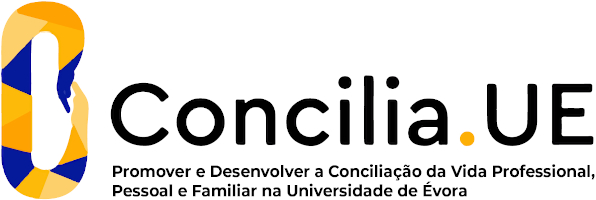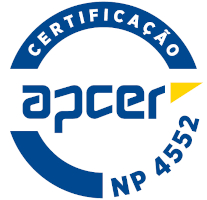2024
Morphology and Function I
Name: Morphology and Function I
Code: CMS14307L
6 ECTS
Duration: 15 weeks/156 hours
Scientific Area:
Biomedical Sciences
Teaching languages: Portuguese
Languages of tutoring support: Portuguese, English
Regime de Frequência: Presencial
Presentation
Nervous and Endocrine Systems (integrative study of the structure and function): their anatomy, histology and physiology and of the sense organs; its various pathologies, including diseases of a genetic nature and caused by physiological, emotional and/or environmental changes.
Sustainable Development Goals
Learning Goals
Acquire knowledge and skills about the structure and function 1) of the Central and Peripheral Nervous System and sense organs 2) of the Endocrine System; 3) on Prenatal Development, Growth and Aging, in an integrated perspective of anatomy, histology, physiology, biochemistry and biophysics.
Also address changes related to pathophysiology (including genetic, congenital and environmental diseases) and pharmacological aspects.
Become familiar with medical practice through the use of specific terminology, discussion of clinical cases, projection of clinical videos and participation in clinical seminars
Develop oral and written communication skills, and group work. Encourage the use of creative and critical skills (critical analysis of the bibliography).
Educating for health, providing students with knowledge, attitudes and values that can help them make decisions that involve improving their health and those around them.
Also address changes related to pathophysiology (including genetic, congenital and environmental diseases) and pharmacological aspects.
Become familiar with medical practice through the use of specific terminology, discussion of clinical cases, projection of clinical videos and participation in clinical seminars
Develop oral and written communication skills, and group work. Encourage the use of creative and critical skills (critical analysis of the bibliography).
Educating for health, providing students with knowledge, attitudes and values that can help them make decisions that involve improving their health and those around them.
Contents
1. The Nervous System and the Sense Organs
1.1 Composition and structure of the nervous system.
1.2 Functional anatomy of the nervous system.
1.3 Chemical communication in the nervous system: synapses and neurotransmission.
1.4 Electrical communication in the nervous system: membrane potentials and nerve impulse conduction.
1.5 Anatomy and physiology of the sense organs. Main pathologies and their consequences on the functioning of these organs
1.6 Neurological pathologies and their etiology. Consequences and treatments.
2. The Endocrine System
2.1 General characteristics of the endocrine system
2.2 Anatomy, histology and physiology of the endocrine system
2.3 Hormones and Hormone-Like Substances
2.4 Endocrine Pathologies
2.5 Effects of aging on the endocrine system
2.6 Current Research Areas in Endocrinology
3. Integration of Nervous and Endocrine Systems
1.1 Composition and structure of the nervous system.
1.2 Functional anatomy of the nervous system.
1.3 Chemical communication in the nervous system: synapses and neurotransmission.
1.4 Electrical communication in the nervous system: membrane potentials and nerve impulse conduction.
1.5 Anatomy and physiology of the sense organs. Main pathologies and their consequences on the functioning of these organs
1.6 Neurological pathologies and their etiology. Consequences and treatments.
2. The Endocrine System
2.1 General characteristics of the endocrine system
2.2 Anatomy, histology and physiology of the endocrine system
2.3 Hormones and Hormone-Like Substances
2.4 Endocrine Pathologies
2.5 Effects of aging on the endocrine system
2.6 Current Research Areas in Endocrinology
3. Integration of Nervous and Endocrine Systems
Teaching Methods
Classes T, TP, S, OT:
T, TP and S given by expository method with slide and/or film projection
T for teaching syllabus
TP for description of medical practice in which students participate in the discussion or presentation of topics
S integrators and illustrative of the matter by guest lecturers
TO for clarification of doubts and support for carrying out the work
TP and S are mandatory (75% attendance)
The evaluation is done by a final exam (theoretical and written) that covers all the contents of the UC with a single test (80%) + Work presentation (20%)
T, TP and S given by expository method with slide and/or film projection
T for teaching syllabus
TP for description of medical practice in which students participate in the discussion or presentation of topics
S integrators and illustrative of the matter by guest lecturers
TO for clarification of doubts and support for carrying out the work
TP and S are mandatory (75% attendance)
The evaluation is done by a final exam (theoretical and written) that covers all the contents of the UC with a single test (80%) + Work presentation (20%)





















